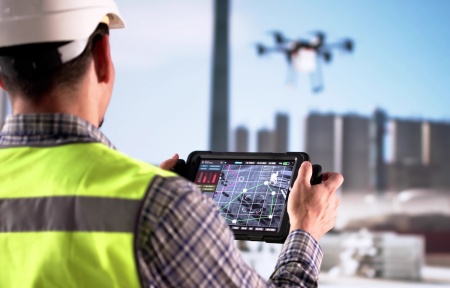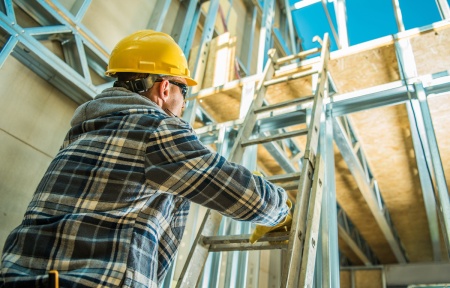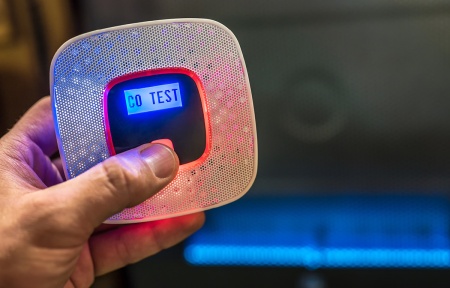The following is an excerpt from the GAWDA Safety Organizer, a monthly newsletter sent to GAWDA members. For more information on the GAWDA Safety Organizer, or to read past issues, visit the GAWDA.org Members-Only Section.
This month’s bulletin is to remind people of the hot months of summer and the problems of overfilling LPG cylinders. This bulletin is not meant to provide all the details of proper filling and storage of LPG cylinders.
Hot Summer Days
The extreme heat of the summer months will cause overfilled cylinders to begin venting product and this venting product can be liquid, which expands 270 times the volume when going from a liquid to a gas. Provide an ignition source and you have the equation for big trouble.
Key Mistakes
A very common mistake that I find is an employee putting a cylinder on the scale and then sliding the weight on the beam or adding weight to the electronic scale to add the weight of the product to the weight indicated on the scale. This doesn’t take into consideration any residual in the cylinder. If product or any foreign substance is inside the cylinder, the result is an overfilled cylinder.
You should be taking every opportunity to check the weight of the cylinder prior to filling. There are times that residual product will still be in the cylinder, but many times the cylinder is empty, and this lets you check the tare weight.
Another common mistake I find is the employee not taking into consideration the weight of the filling valve and hose assembly. This results in under filling the cylinder. Not a safety issue, but certainly a weights and measures issue and a customer satisfaction issue.
Filling and Storage
There are many sources of information available on the proper procedures for filling and storage of LPG cylinders. Some of these sources are:
- NFPA 58, Liquefied Petroleum Gas Code; www.nfpa.org
- National Propane Gas Association;
www.npga.org - Your supplier
Some other storage issues to consider are:
- Empties upside down on trucks and docks: The regulations require that the safety relief valve must be in contact with the gas vapor and not the liquid. Placing forklift style cylinders upside down on the truck or dock to denote they are “empties” is violating the regulations. If the safety would start to vent, you could be releasing liquid, which expands about 270 times from liquid to gas.
- Cylinders in racks at customers (not pin indexed): You should consider training your drivers and customers to place full or “empty” forklift cylinders into a storage rack with the safety relief valve pointed up. The index pins take care of this orientation while on the forklift, but many storage racks do not have the pins.
- Too many together in one place: You should consider not storing too many flammable gas cylinders in one place or large groups. If you would ever have a problem, you will have a very big problem fast. Smaller groups and spread out groups will let you deal with smaller problems, should you ever have a leaking / venting cylinders or a fire.
Training
OSHA requires employees to be trained in the jobs they perform.
DOT requires employees filling cylinders to be trained, tested and certified every three years. This falls under the “Function Specific” training requirements in 172.704.
There is an excellent LPG filling training program, “Dispensing Propane Safely,” available from the Propane Education & Research Council, that includes a test that along with an employer certification will satisfy the DOT requirements. It is available as a free download. https://propane.com/resource-catalog/resources/dispensingpropane-safely-training-program-english-version/
Final Thoughts
One of the most important items is the correct filling limit. Tare Weight + Product Weight + Filling Assembly = Full Cylinder Scale Weight. Check the full cylinder weight prior to removing the filled cylinder from the scale.
Another important item is proper storage. Keep the required distances in mind and think about your cylinder storage. Think about the worst scenario and ask yourself if the way you are storing your cylinders would be a problem if you had a fire situation.
Finally, are your employees properly trained on cylinder inspection, cylinder selection, filling procedures, proper marking and labeling, handling and storage, and what they should do in emergency situations?
If there are any questions regarding this bulletin, please contact:
Michael Dodd , GAWDA DOT Consultant
P.O. Box 93 Poplar Bluff, MO 63902
(573) 718-2887 Email: [email protected]







